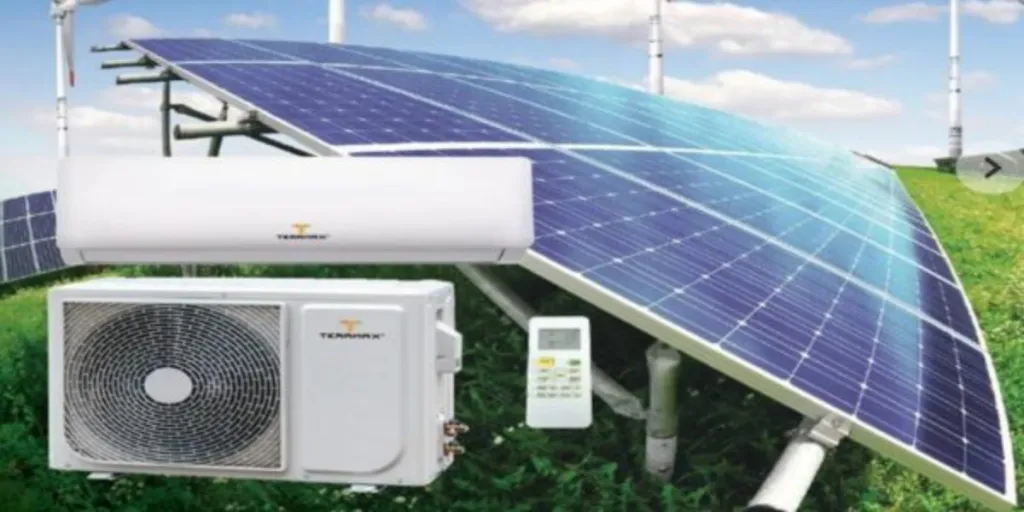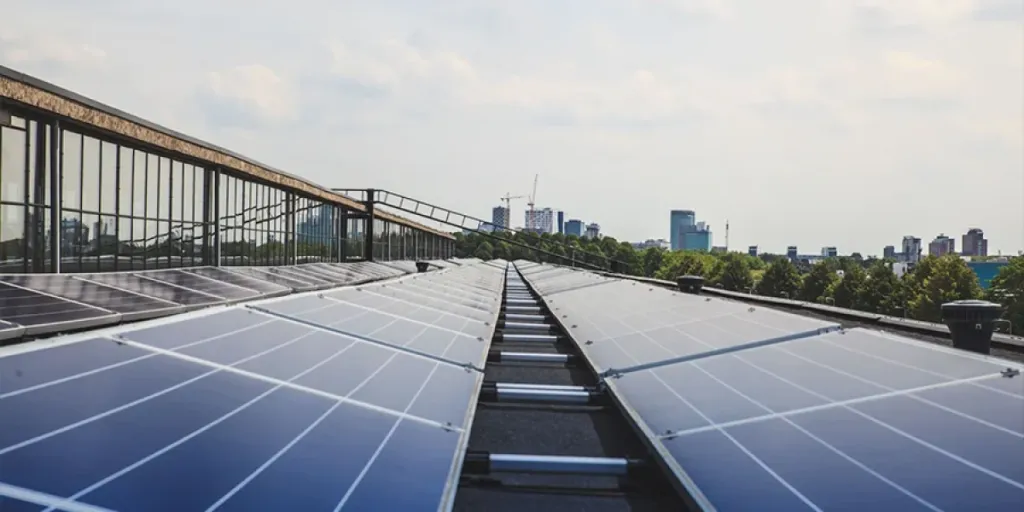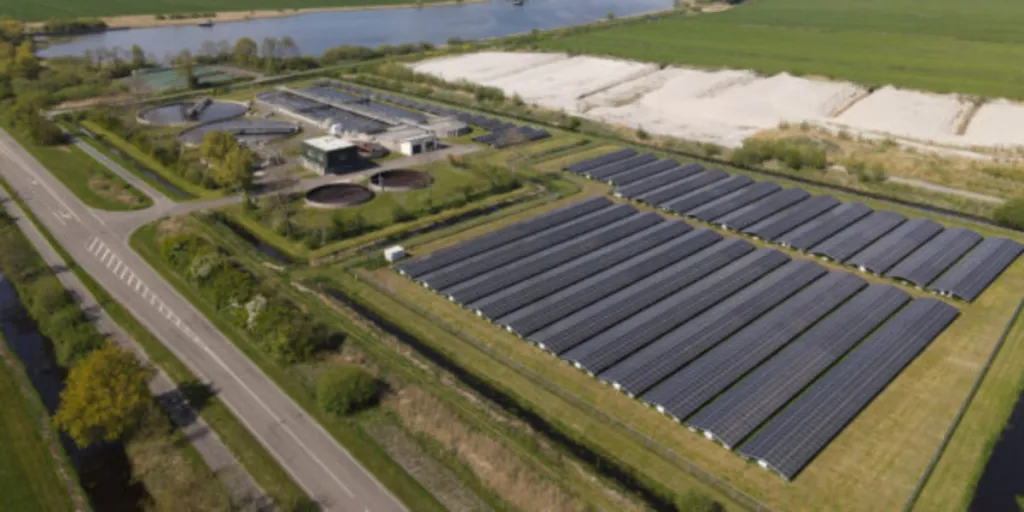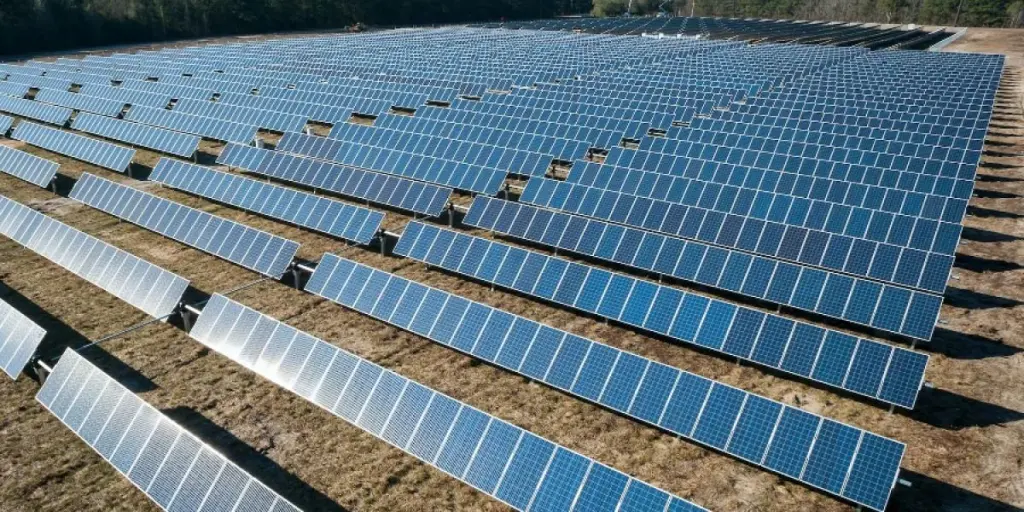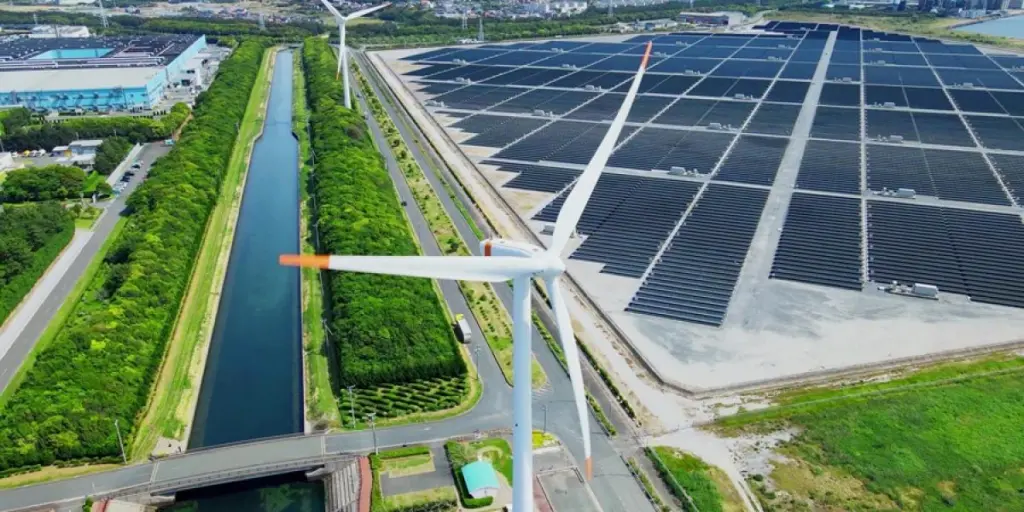Air conditioners are a must-have in many households located in warmer climates, helping to facilitate cooling and recirculation. The demand for HVAC systems in America was apparent in a report that found that 60% of US households rely on central conditioning systems, while 23% have an AC unit, and 5% combine a central HVAC and an auxiliary AC unit.
However, rising electricity bills and high electricity consumption have significantly increased home energy costs. For example, in the United States, air conditioners use about 6% of all electricity produced in the country at an annual cost of about US $29 billion for homeowners. In addition, it is estimated that conventional AC units and systems release approximately 117 million metric tons of carbon dioxide annually. As a result, consumers are seeking alternative, low-cost, and low-carbon-footprint solutions, such as can as those that can be achieved through solar air conditioning systems.
Table of Contents
The current state of the solar air conditioning industry
Emerging trends in solar air conditioning
Solar air conditioning systems’ target customers
Conclusion
The current state of the solar air conditioning industry

The demand for solar air conditioning systems is expected to rise as customers attempt to reduce the costs and environmental impact of traditional electrical equipment in the home and as part of industry.
Market size and potential
The global solar air conditioning market size was estimated to be worth US $514.42 million in 2022 and is projected to grow at a CAGR of 2.5%, reaching US $596.59 million by 2028. Consumers are increasingly aware of and are seeking out AC systems powered by solar energy in order to reduce energy consumption, demand, and costs while also maintaining the desired comfort.
Algeria is one country that has shown the potential of using solar energy to power air conditioners in hot climates. There they have developed an air conditioner and absorption cooling system that only uses 10 kW but is able to reduce energy consumption by 57%, carbon emissions by 95%, and provide about 200 kW of cooling power. These types of solar air conditioners are making them more desirable to modern consumers.
Market growth driving factors
The growth of the solar air conditioning system market is attributed to multiple factors, including:
- Increasing demand for energy-efficient solutions
- Government support and incentives
- Advancements in solar air conditioning technology
- Growing consumer awareness and education about solar-powered air conditioners as a viable cooling solution
Emerging trends in solar air conditioning

The global solar air conditioning market is characterized by competition-driven progress, cutting-edge innovations, and new product developments that have given rise to various trends. Below is a list of four major trends to watch out for.
Hybrid solar air conditioning

Hybrid solar air conditioners combine solar energy and traditional grid power to provide cooling. Although solar power provides the primary power supply, the system automatically switches to grid power as a backup in the event of solar energy shortages or fluctuations. This helps ensure that the air conditioner has a sufficient energy supply at all times while also reducing energy costs.
Hybrid solar air conditions provide efficient and sustainable cooling solutions that can be used in both residential and commercial buildings. The system contains an array of solar panels, a battery bank, and an air conditioning unit connected to the solar power supply.
These air conditioners have become increasingly popular among customers in recent years due to numerous benefits, such as:
- Providing reliable cooling solutions even during power outages thanks to the power flow between the battery bank and the conventional electricity grid
- The use of solar energy as the primary energy source, helping to reduce electricity bills and reliance on conventional electricity
- A reduction in carbon emissions
- Eligibility for rebates and government incentives
Therefore, the hybrid solar air conditioning market has the potential for long-term growth as global populations continue to seek more sustainable, cost-effective cooling systems.
Smart technology integration in solar air conditioning
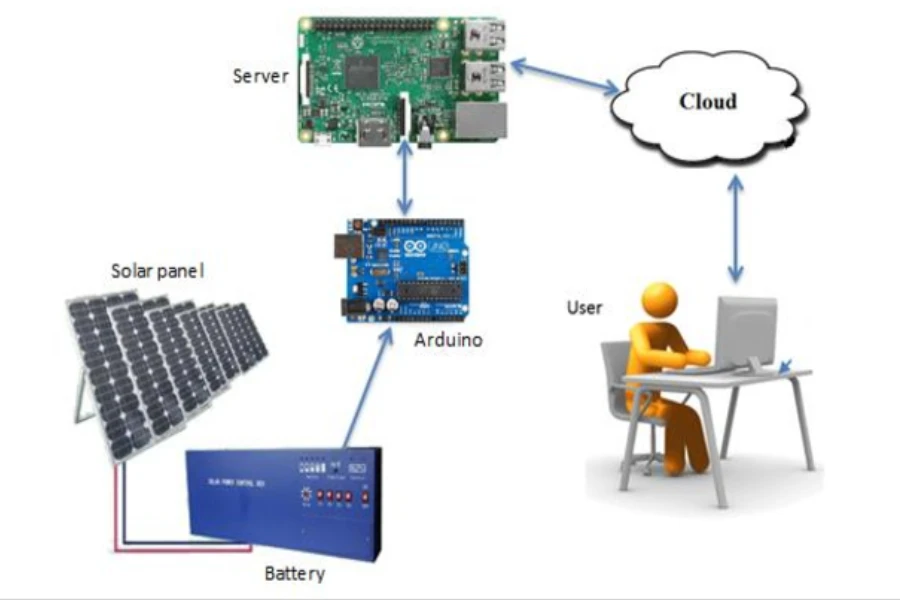
Integrating smart technologies in solar air conditioning systems can improve energy efficiency and overall performance. For instance, IoT technologies incorporated into cooling systems are associated with multiple benefits, including:
- Real-time equipment access and control
- Ease of maintenance and development since system failures can be easily detected
- Improved data analysis for better performance and efficiency
Advanced energy storage technologies
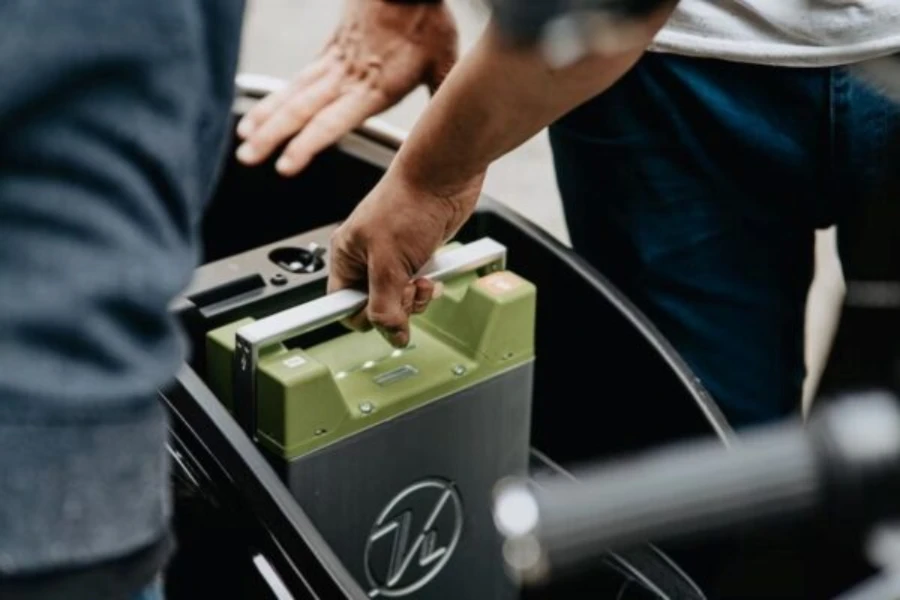
Advanced energy storage technologies help store excess solar energy for use at night or when there’s limited sunlight. In addition, they ensure that the systems function at all times regardless of weather conditions. As a result, they enhance the reliability and resilience of the air conditioning systems.
Examples of these storage systems include:
- Battery energy storage systems
- Flywheel energy storage systems
- Hydrogen energy storage systems
- Solar capacitor energy storage systems
Portable solar-powered air conditioning systems
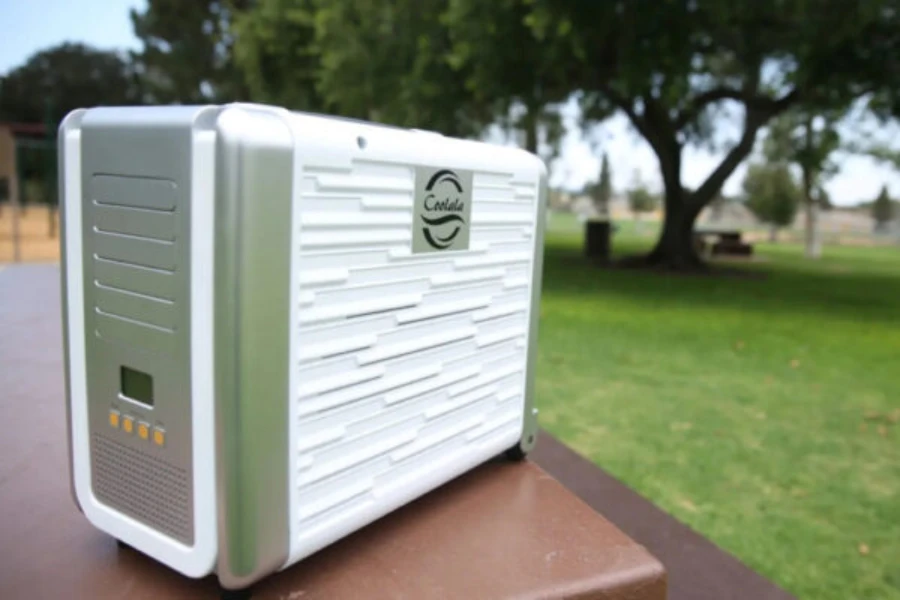
The demand for portable solar-powered air conditioners continues to grow. They are easy to move since they do not require permanent installation. In addition, they can be charged using solar panels or other renewable sources of energy. They are also becoming increasingly popular for use during outdoor events, for camping, and when their are power requirements in remote locations.
A report on portable solar-powered air conditions indicates that the market size was US $613.6 million in 2019, evidencing general demand. This figure is estimated to increase up to US $945.4 million by 2027 at a CAGR of 4.5%, reflecting opportunities for business growth in the energy sector.
Solar air conditioning systems’ target customers
Although solar-powered air conditioners are experiencing global market growth, some regions are doing better than others.
By region
Asia Pacific
Asia Pacific is estimated to have the highest share of the worldwide air conditioning systems market. Higher economic development in the region is facilitating growth, leading to high disposable incomes. In addition, the increased demand for solar-powered air conditioners among SMEs is also driving demand and market growth.
North America
North America, in particular the United States and Canada, is experiencing a considerable shift to solar energy. This transition is facilitated by multiple issues, including increased consumer awareness of climate change and government support. For example, government initiatives such as the Canada Greener Homes initiative are helping people transition to solar energy and may increase demand for solar-powered air conditioners.
Conclusion
Increased concerns over climate change and its environmental impacts have led to a global transition towards solar-powered air conditioners. Demand for emerging trends and innovations such as hybrid air conditioning, advanced storage systems, integration of IoT technologies, and portable solar air conditioners, are also increasing. Businesses selling solar-powered air conditioners that integrate these trends and innovations are more likely to enhance business performance and overall competitiveness in the global market.
